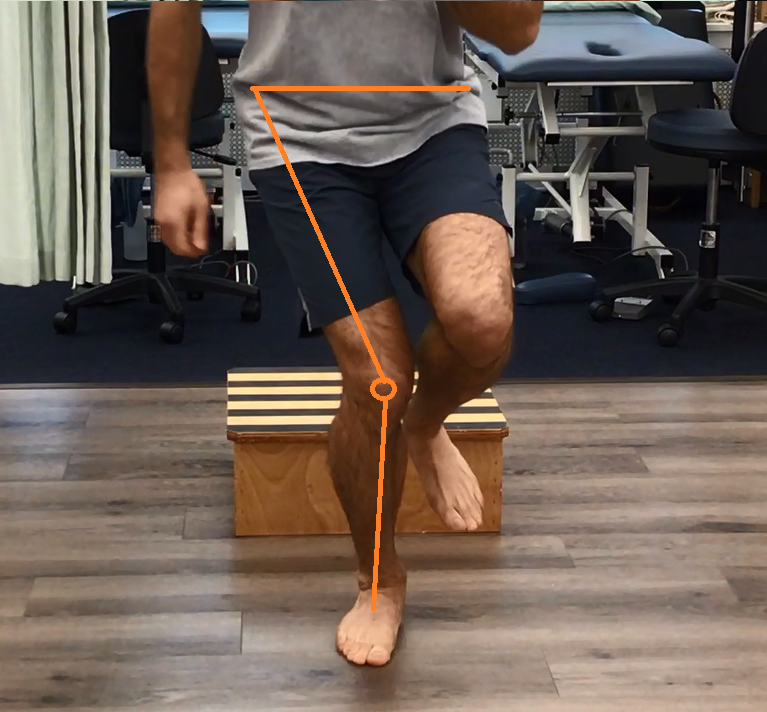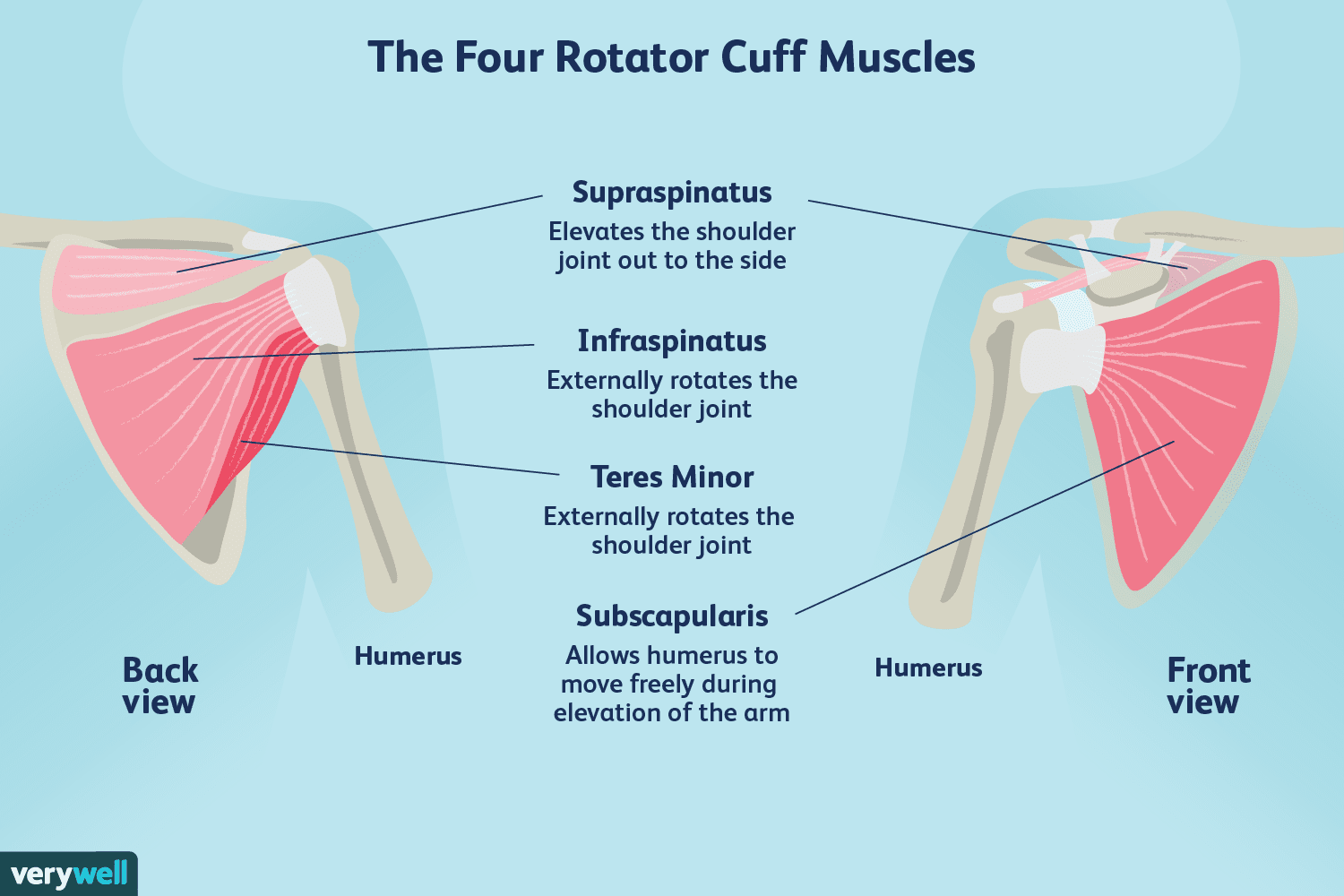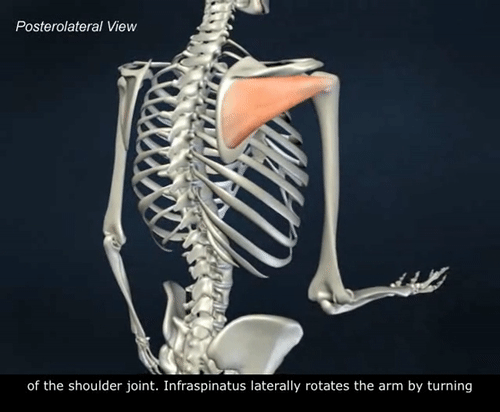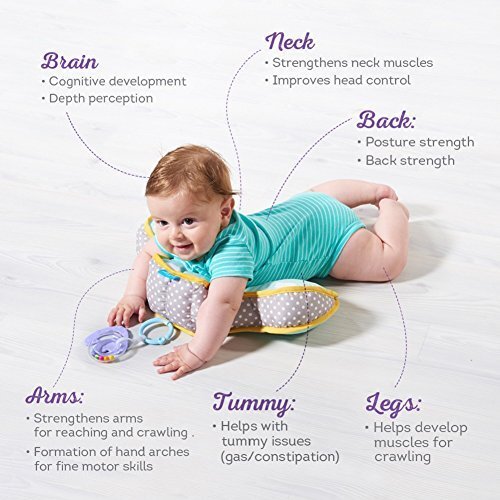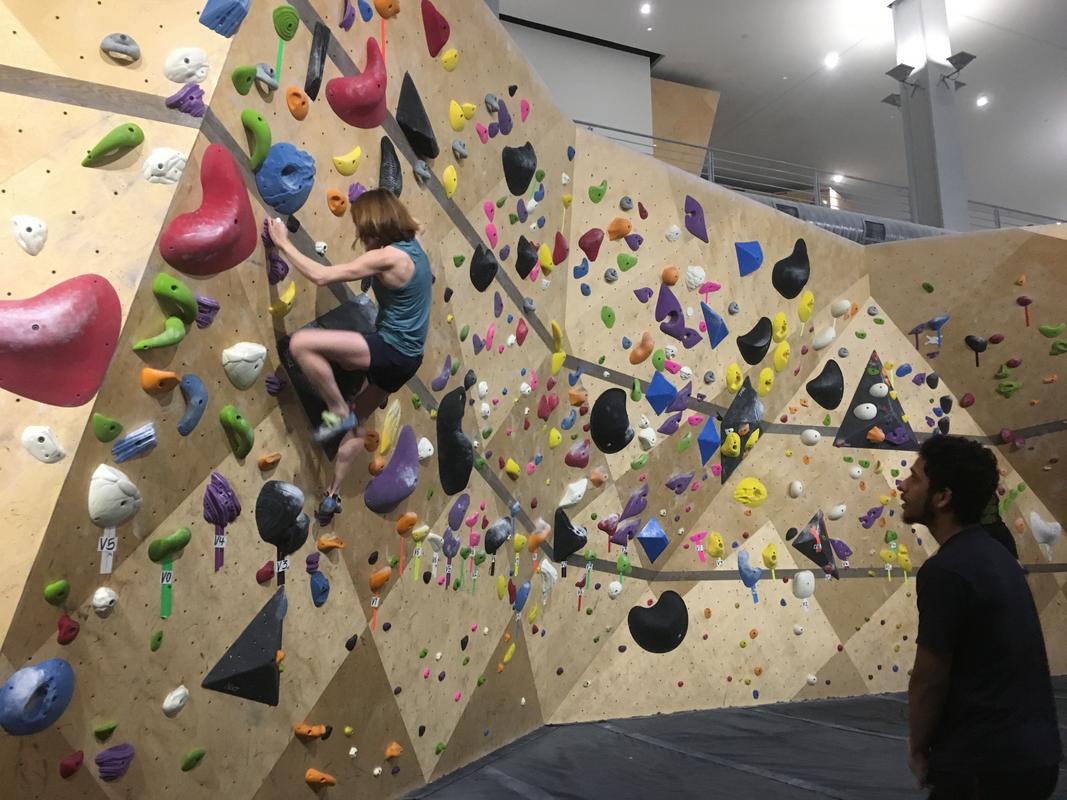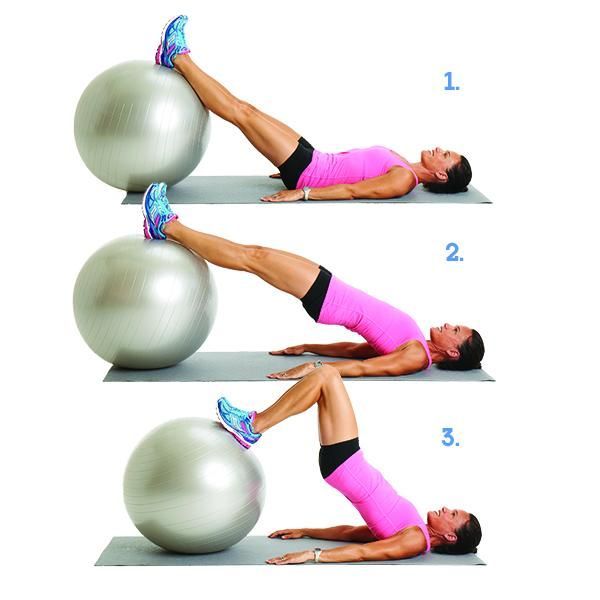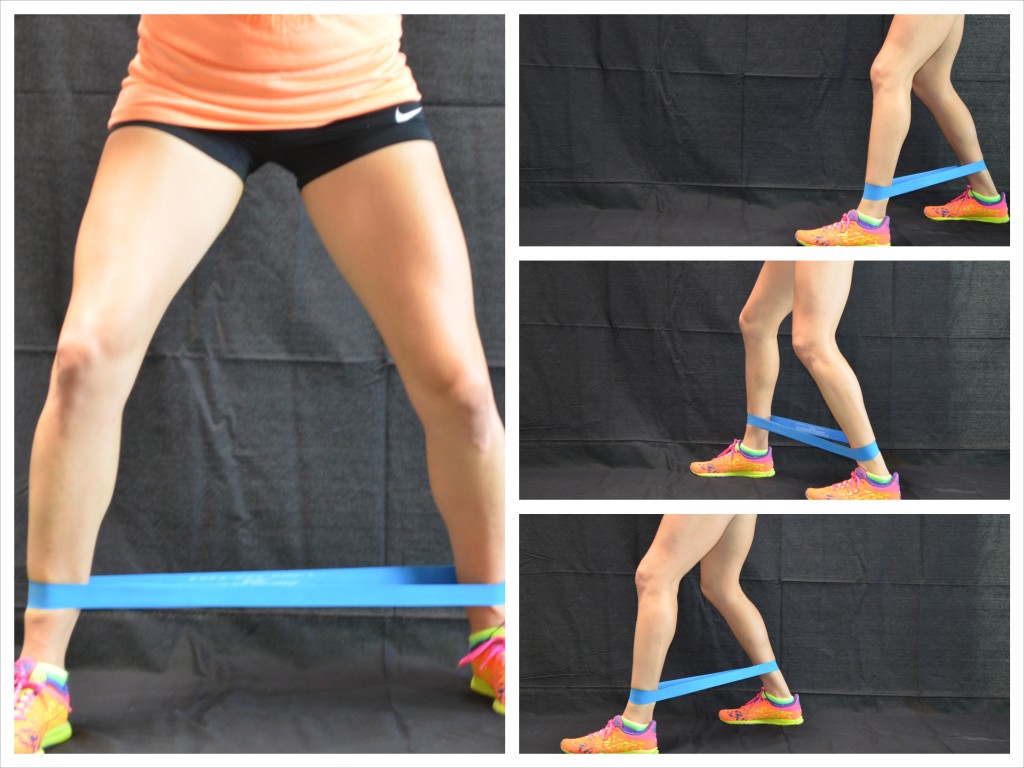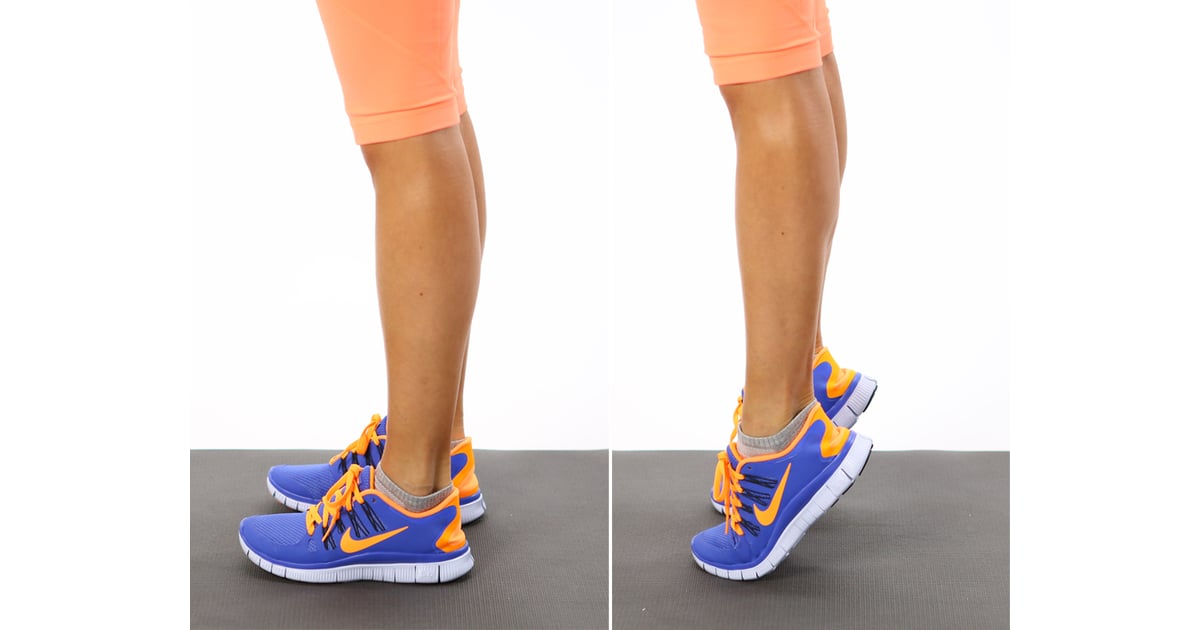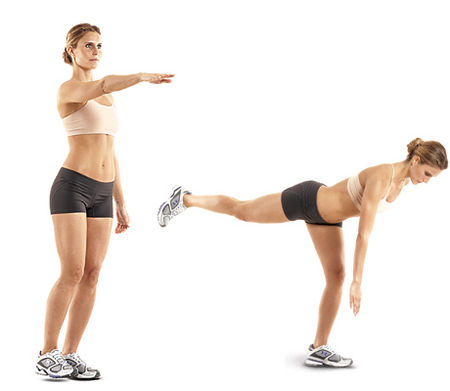If you or a loved one has suffered from Coronavirus, we are here to help. Brill Physical Therapy is offering assistance to patients to help ensure a strong and healthy recovery. Through respiratory exercises and practices, we will help you strengthen your lungs and your body.
After speaking with a patient who recently recovered from a severe case of COVID-19, I was made aware that there is no recovery program in place for patients after being discharged from the hospital. In response, I decided to make this video to help those who have been affected by COVID-19 because when regaining one’s health, it is very important to restore full respiratory function proactively. Please note, this video is only for those recovering from virus at home or who have recently been discharged from the hospital. If you currently have COVID-19 or are showing symptoms of the virus, please contact your physician, and if you feel short of breath, you should go to the hospital.
In this video, I will show you exercises and tips for taking the first steps toward a steady recovery. The most important thing is ensuring your return to health and strength. The virus attacks the lungs and the mucus thickens especially in the lower lobes. It is extremely important to work to release and loosen this mucus while working to expand your lungs back to normal.
Brill Physical Therapy starts each patient with 4 basics and progresses as the patient recovers:
Percussion and Vibration is a part of Chest Physical Therapy and is used to mobilize the phlegm from the lungs and to assure that your cough is productive. Once the phlegm gets out, more oxygen can enter your lungs, and that will make you feel better.
Breathing Deeply is critical to maximize how the alveoli of your lungs take up oxygen and to strengthen your diaphragm and intercostal muscles, which are your primary respiratory muscles.
Self-Manual Lymphatic Drainage is gentle sweeping massage to help assist the normal function of our lymphatic system, which is to filter out bacteria, viruses, cancer cells, and debris from our blood stream and protect our immune system.
Gentle Stretching and Strengthening is started to open your chest and ribcage so that you can expand your lung capacity even further, especially if you have been bedridden as you fought Covid-19.
If you have any questions or would like to schedule a one-on-one appointment via Telehealth video call, please contact me at peggy@brillpt.com.
Thank you for choosing Brill Physical Therapy to serve you.
Stay strong, stay safe, and be well,
Peggy Brill




